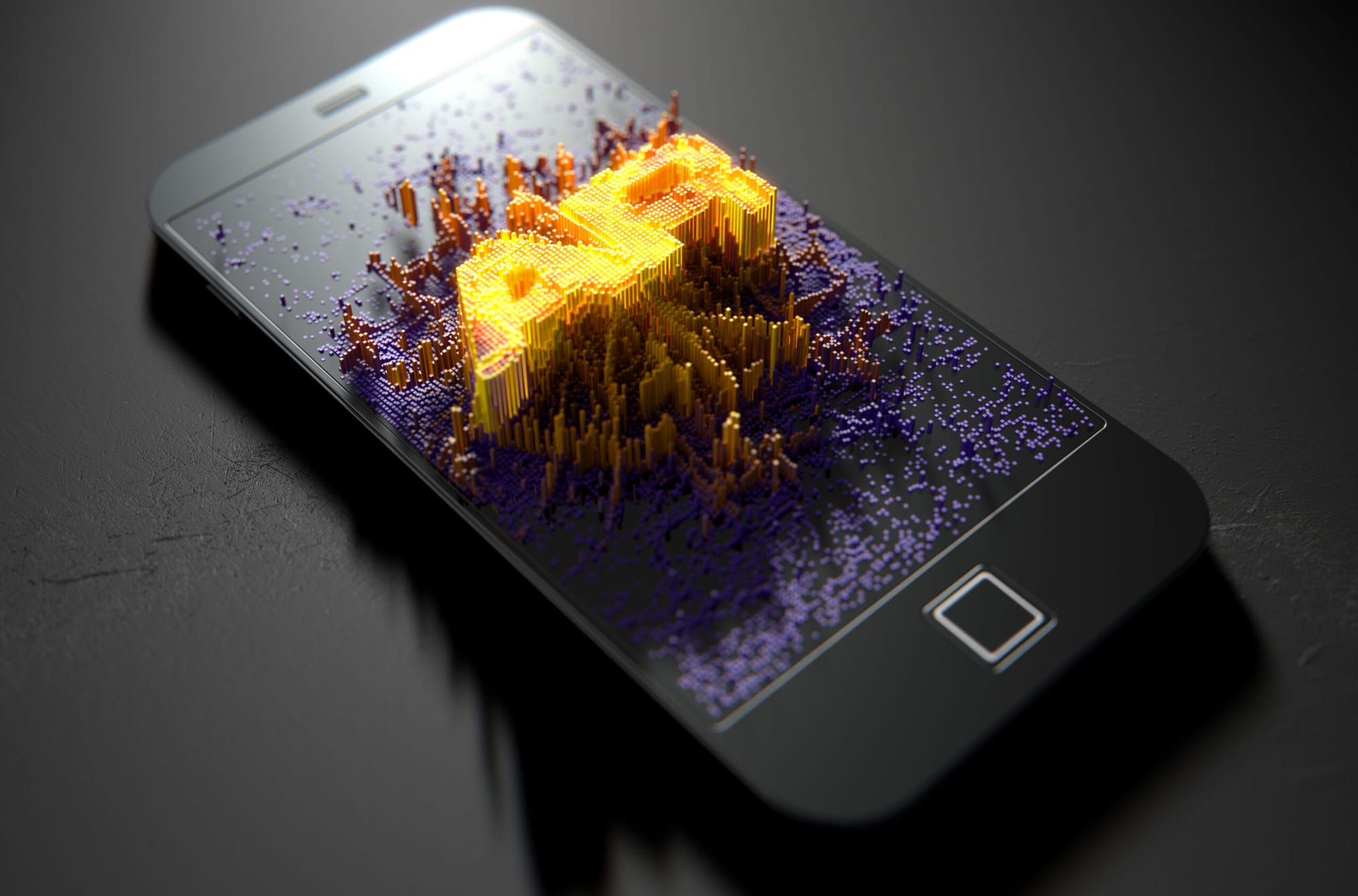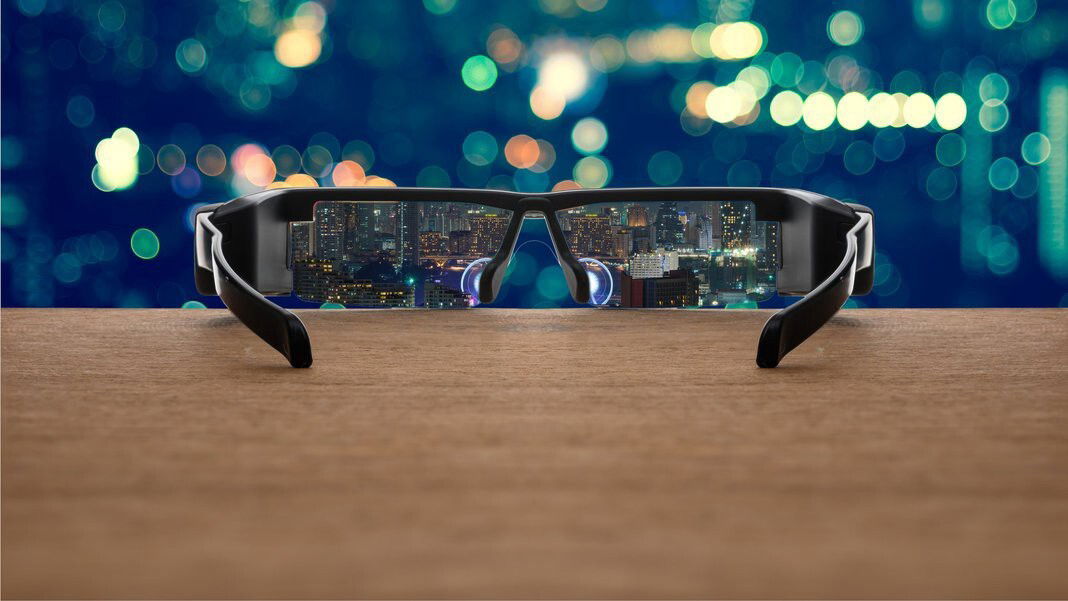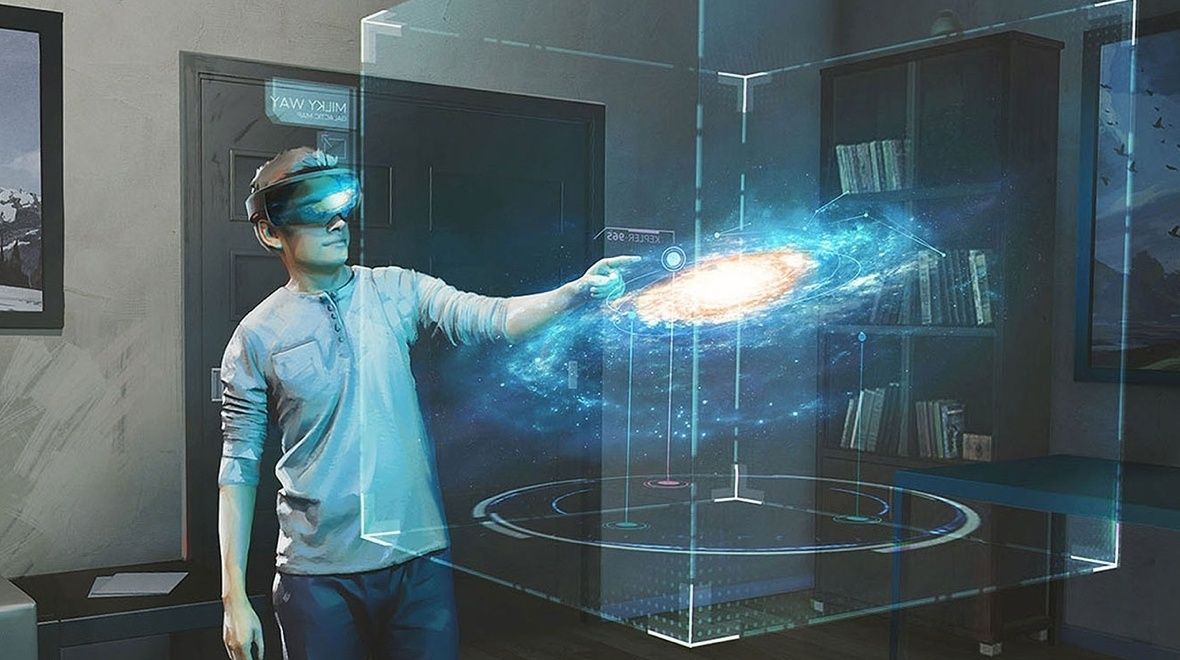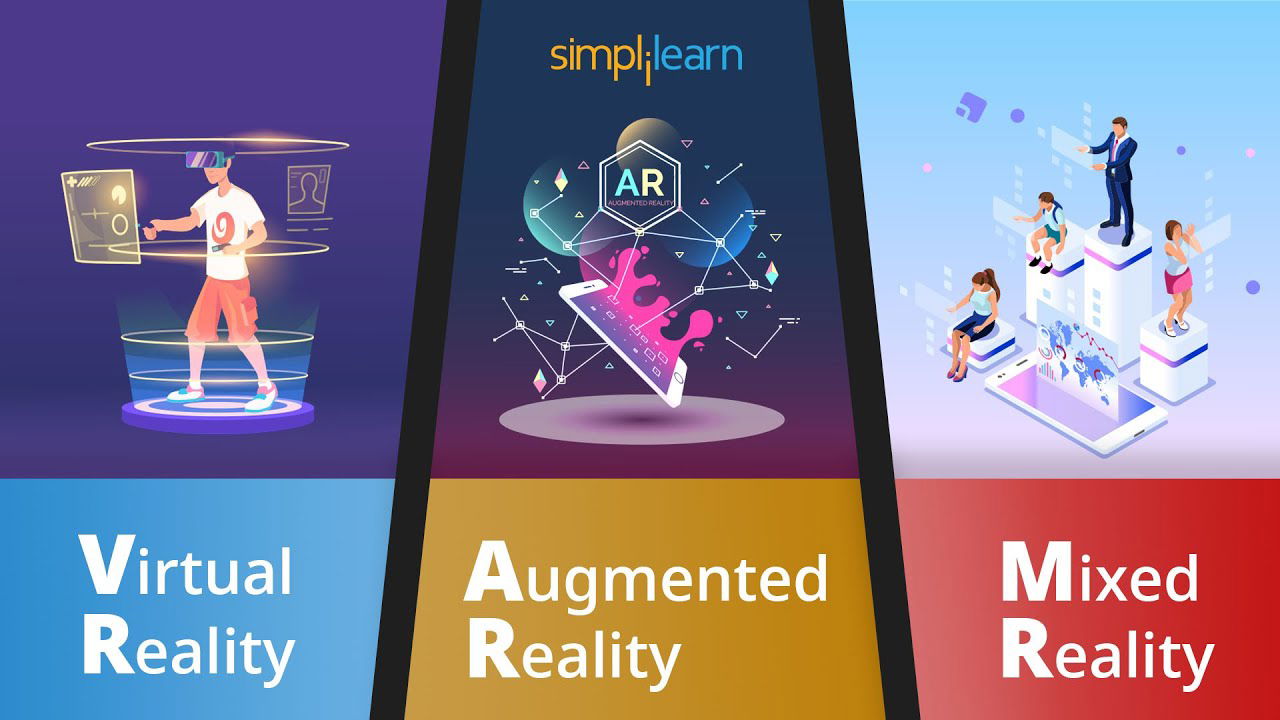
Virtual and mixed reality to be over $30 billion by 2030. With COVID restricting physical contact, for many years to come, virtual communication and interaction will be the norm. Augmented, augmented and mixed reality technologies, while seen as revolutionary by others, have shown that they have a significant role to play in many industries. Today, they are really the technology of the future.
Most recent study on Augmented and Virtual Reality, "Augmented, Mixed and Virtual Reality 2020-2030: Forecasts, Markets and Technologies" will provide you with the trends this industry will face in the coming decade through a detailed review of both key players and technologies. They distilled the key aspects of the study in this article.
What are Virtual, Augmented, and Mixed Reality?, The fundamental explanation of these terms is:
Virtual Reality (VR): This substitutes a brand new 3D digital world for reality.
Augmented Reality (AR): On top of the physical world, this overlays digital content.
Mixed reality, (MR): adds superimposed digital material that in real-time interacts superficially with the world.
Over the 2010 decade, Virtual, Augmented and Mixed Reality products continued to receive high levels of funding and investment. Over the decade, there was also tremendous speculation about these devices, with technology evangelists claiming we would use it in all facets of everyday life.

Where does this sector come from?
There have been major strides in the technical advancement of XR products over the past two decades. They released several headsets in the early 90s that allowed the consumer to display a video from an external screen on a headset. Then, devices such as the Google Glass Explorer introduced in the next decade. This caught the imagination of many individuals, and it was one of the first items available to customers for "augmented reality" While this did not take off it paved the way to grow other goods. Later in the decade, more VR and AR products launched. For example, in 2019, Magic Leap released its first product after years of funding. Oculus has also launched a VR headset that does not need to be linked to a computer, the Search, showing that a computer does not need to be linked to VR.
What primary technologies are there?
Many component pieces, including lenses, screens, sensors and haptics, make up a headset. To build a fully immersive experience for the user, each of these parts must work together seamlessly. Waveguides are an important part of virtual and mixed reality displays within optics, transmitting the image to the eye of the user from the monitor. There are several criteria that need to be met, and while there are still optical artifacts present in some headsets, as the technology progresses and advances, it is likely that these will eliminated in the future.
What Industries Are Using This Technology?
Using augmented, mixed, and virtual reality technologies, there is a wide variety of use cases and industries. Manufacturing, remote support, education and training, for example, to name just a few. In several industries, these applications used. They discuss two cases of common usage.
In gaming apps, one of the best-known uses of VR headsets is. Companies including Oculus, HTC, and Sony have developed several items that customers can use for a complete immersive gamine experience. Other uses for XR goods, however, still exist, such as remote help and training. The Augmented, Mixed and Virtual Reality 2020-2030: Predictions, Markets and Innovations, summarizes several key leaders in the fields of AR, VR and MR, and gives you a deeper understanding of the different applications for such products.
To address the "Skills Gap" problem, AR and MR products are being used. This issue happens when skilled employees leave, and they have gained their skilled expertise with them. It is important to pass this information to new staff. Professional employees can track workflows and procedures that new workers may adopt in a protected hands-free environment. In addition, with technological specifications to help the worker, they will annotate the actual world. Some businesses use their own products on their assembly floors, such as Vuzix,

What effect has COVID-19 had?
The versatility of mixed and augmented reality products has recently come to the forefront of the press, with the Imperial College Healthcare NHS Trust leading an Imperial initiative. The Microsoft Hololens headsets were worn by doctors while operating on the front lines of the COVID pandemic to help them care for their patients.
The case for this project allows other doctors to sit in another room and see a live video feed of the doctor who treats COVID-19 patients using Microsoft Teams. This incorporates the elements of remote help previously used by users of Hololens for production, repair, and other related applications. Employees decreased the time they have to spend in a high-risk region by 83 percent by using the machines. Not only this, they use less PPE, as during patient care, fewer clinicians are in the room.
COVID has put this hands-free, immersive technology in the spotlight, and this focus is unlikely to change for some time. In several new applications that previously did not need hands-free or remote capabilities, there will be a need for this technology.

And what am I going to learn from the report?
"Augmented, Mixed and Virtual Reality 2020-2030: Forecasts, Markets and Technologies" encompasses the AR/VR/MR market, one of the major markets of the future. VR, MR and AR are products used in many environments, such as on production lines and for day-to-day process management. This industry, estimated by ID Tech Ex to be over $30 billion by 2030, will affect many sectors, and potential technologies will continue to expand in the wearable market. In order to establish concise and comprehensive assumptions about the future of this industry, the study analyses and analyzes over 100 products and descriptions of over 80 companies.
The analysis covers market predictions, player profiles, acquisitions, and extensive company lists are all presented. For those looking for a deep understanding of the AR/VR/MR markets, it is an interesting read.
Virtual Reality, Augmented and Artificial Intelligence 2021 specialist Amit Caesar wrote the article.
Send me an email: caesaramit@gmail.com
You should also check out the following articles:
- What is the metaverse? and how does it work?
- Apple’s first headset will focus on “high-quality” games, reporter claims
- November 26, 2021 is Black Friday. Deals on Video Games and Virtual Reality in 2021
- Facebook wants to build a metaverse. Microsoft is creating something even more ambitious.
- Metaverse’s Cryptocurrency Leaps in Price After Facebook Rebrands as Meta
- Best VR Gifts for Christmas in 2022
- How to succeed in the virtual reality world of tomorrow?
- Best VR Headset cyber Monday 2021
- Books you must read about virtual reality
- Best New Augmented Reality Books To Read In 2021
- virtual reality Life 2029
- According to a report, Meta is considering opening physical stores.
- US$ 4.7 Billion- The global augmented reality gaming market
- The smart glasses revolution is about to get real
- Consumer Brands Reinventing Marketing in the Metaverse
- Imagine Making Money in Rec Room
Subscribe now to our YouTube channel
Subscribe now to our Facebook Page
Subscribe now to our twitter page
Subscribe now to our Instagram
Subscribe To my personal page on linkedin
Subscribe To my personal page on tiktok page for those who love to dance :)
Don't forget to be my friend. Sign up for my friend's letter. So I can tell you ALL about the news from the world of VR&AR, plus as my new friends I will send you my new article on how to make money from VR&AR for free.


